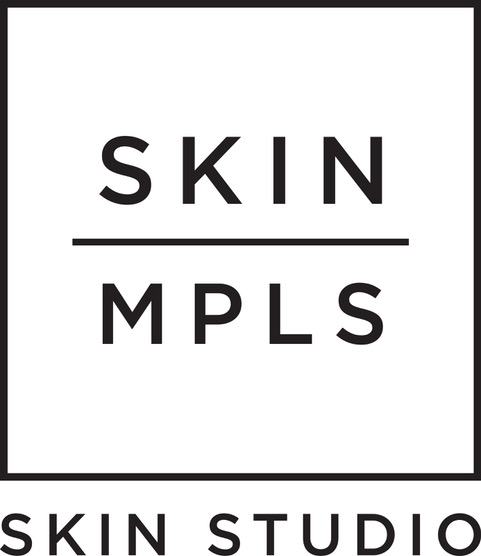Got Milk? Breaking down all the many milks and how they may affect your acne.
Life is full of tough decisions, especially when it comes to the right milk or milk alternative for you. Dairy can cause inflammation for many people, while many others can’t tolerate it at all. Also, it’s often filled with hormones, and another not-so-fun fact is that dairy is high in iodine because cows use salt licks.
Increased inflammation, additional hormones, and excess iodine are all possible triggers for the acne-prone person. And while it seems easy with all the alternatives to switch away from dairy, there is more to consider than you think. But don’t let confusion take away simple joys like your morning coffee with milk, smoothies, and chia pudding. We want to shed some light on the right milk or milk alternative for you.
Cow’s milk
We have to label cow's milk the worst for acne. But this comes with a caveat because everyone’s body and dairy tolerance are different – meaning that dairy doesn’t affect every person’s acne. And for those that tolerate it well, they likely enjoy cow’s milk more than an alternative milk in their coffee because it is richer and creates the best consistency. This is why milk alternatives often use thickening agents.
If you have inflamed acne and consume dairy, we don’t immediately recommend cutting it altogether. Limiting it can be a good idea, though, and starting with milk is the easiest. Looking for a mate for your coffee? Opt for a splash of organic heavy whipping cream because skim and reduced-fat milk are higher in sugar.
Grain milk
Oat milk is a popular milk alternative because it’s creamier than nut and seed milks and still dairy-free. While it is a better option for those who can’t have dairy and nut milk, oats are grains or carbohydrates – which your body sees as sugar. A low-glycemic diet is the best way to keep blood sugar from spiking to support your acne-prone skin. Similar to oat milk, rice milk also has a higher carbohydrate content.
Also, even though oats are creamy alone, brands still add ingredients to get a thicker blend. Typically, the second ingredient after oats can be canola or safflower oil. We know omega-3 fatty acids and less inflammatory processed vegetable and seed oils are important for healthy and clear skin. Consuming some of these oils is acceptable and unavoidable, but you should do your best to avoid them. You'll also find the same sneaky oils in nearly every rice milk brand.
Finally, oat milks often also contain gums. There isn’t really research about gums directly causing acne; however, medical professionals are linking many of those ingredients to leaky gut – which can trigger breakouts in the acne-prone.
Nut and seed milk
Milks like almond, walnut, macadamia, coconut, and hemp are great alternatives for those who tolerate nuts and seeds. They can be a good source of healthy fats (walnut milk is high in omega-3!) and, as long as there is no added sugar, they're the lowest-sugar choice.
The downside to these options is that they often contain added fillers, so the milk isn't watery. The best options we recommend contain only the nut or seed and water. The second best option would be organic options that may contain a gum or thickening agent, but try to avoid processed oils like canola and safflower.
You can easily make your own in a blender or food processor, especially if you are using it in a smoothie that you will drink rather quickly. If you long for thickness in your coffee, you can also try a milk like almond or coconut and a splash of full-fat cream. You can also try a recipe containing just coffee, nut milk, and acne-safe protein powder.
Legume milk
Pea and soy milk are slightly less popular but are still options. They do contain protein, but they are still processed, and any options we found have additives like gums, thickeners, and inflammatory oils. Also, soy-based products are typically a "no" for acne-prone people.
All in all, if your skin is clear and you are happy with your milk alternative, don't let this stop you. But we want you to know there is more to your milk than meets the eye, and you have to read milk labels as closely as we read your skincare ingredient labels. Overall, these are just suggestions. Remember that quantity is important. A few ounces here and there are much different than a whole glass daily or multiple times a day.
Some of our favorite alternative milk choices and additional helpful tips
MALK, Kiki, and Elmhurst brands have no additives
Laird and Elmhurst have low-sugar creamer options for coffee
Laird powdered coconut milk only has two ingredients (coconut milk and coconut sugar)
To get that satisfying consistency and richness, use mostly nut milk of your choice (3-4 ounces) and just a splash of creamer
If you are addicted to Starbucks drinks, try just cold brew, nitro, or espresso with cold foam. Cold foam has much less cream and sugar than their specialty lattes and is still satisfying – it's a great way to wean yourself off sweet drinks!
Try mostly water in your smoothies and use seeds, nuts, avocados, and fruits to thicken
If you are concerned with the cost of the milk alternatives with no additives, try Costco or Thrive Market for better prices, make your own, or just use less in smoothies and add more water
